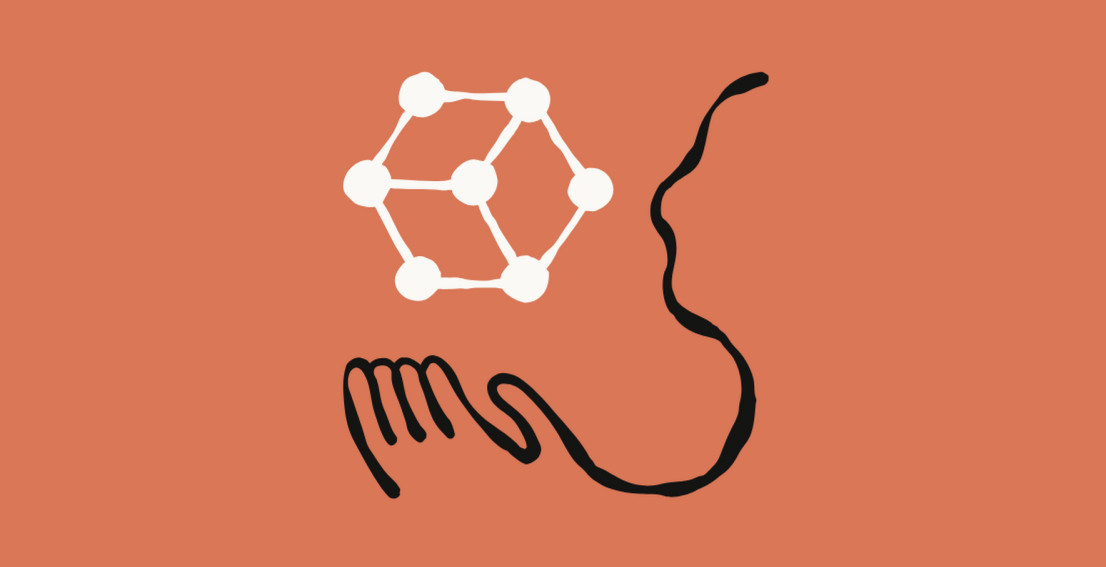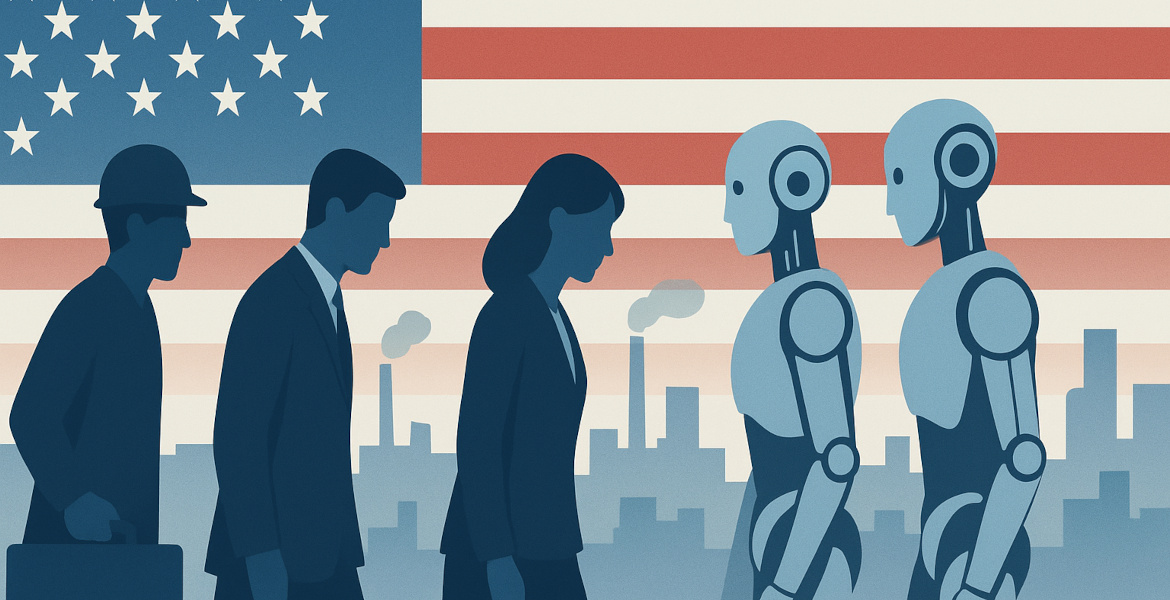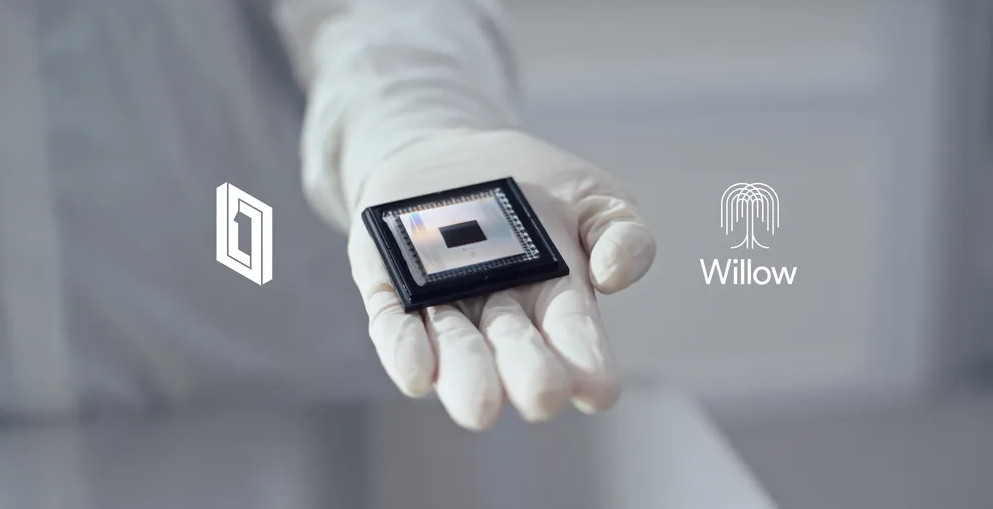AI company Anthropic launches Claude Sonnet 4.5, described as the company's most advanced AI system to date and market-leading for programming. According to the company, the model performs better than competitors from Google and OpenAI.
Anthropic has released its new flagship model Claude Sonnet 4.5, which the company claims is the best on the market for coding. According to reports, the model outperforms both Google's Gemini 2.5 Pro and OpenAI's GPT-5 on several coding benchmarks, writes TechCrunch.
One of the most remarkable features is the model's ability to work independently for extended periods. During early testing with enterprise customers, Claude Sonnet 4.5 has been observed coding autonomously for up to 30 hours. During these work sessions, the AI model has not only built applications but also set up database services, purchased domain names, and conducted security audits.
Focus on safety and reliability
Anthropic emphasizes that Claude Sonnet 4.5 is also their safest model to date, with enhanced protection against manipulation and barriers against harmful content. The company states that the model can create "production-ready" applications rather than just prototypes, representing a step forward in reliability.
The model is available via the Claude API and in the Claude chatbot. Pricing for developers is set at 3 dollars per million input tokens and 15 dollars per million output tokens.
Fast pace in the AI race
The launch comes less than two months after the company's previous flagship model, Claude Opus 4.1. This rapid development pace illustrates, according to TechCrunch, how difficult it is for AI companies to maintain an advantage in the intense competition.
Anthropic's models have become popular among developers, and major tech companies like Apple and Meta are reported to use Claude internally.




